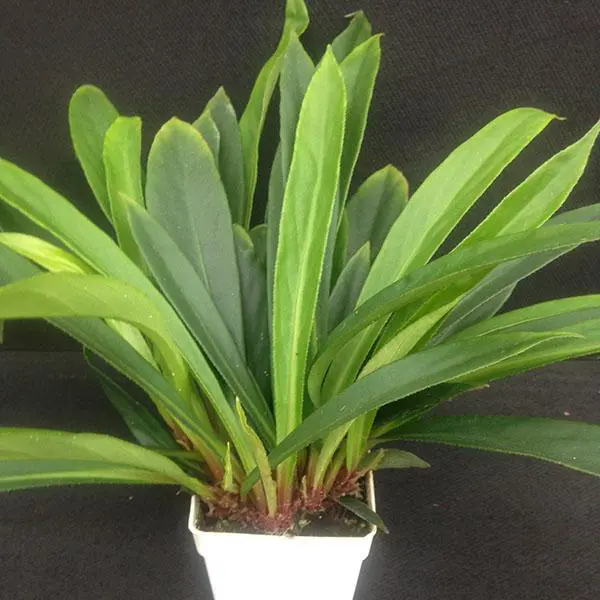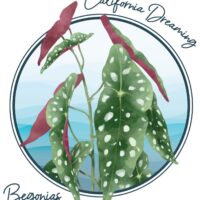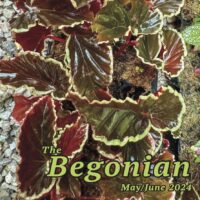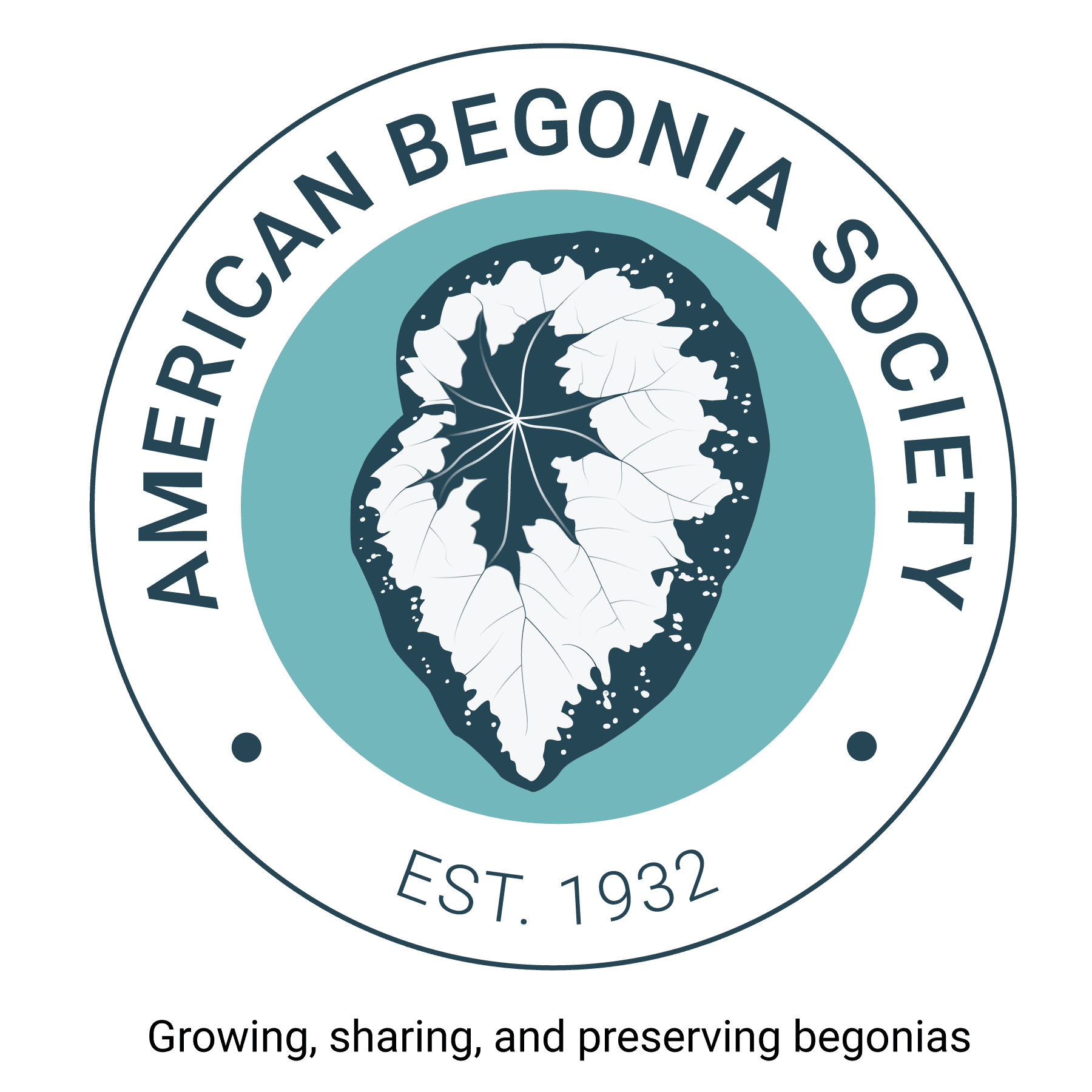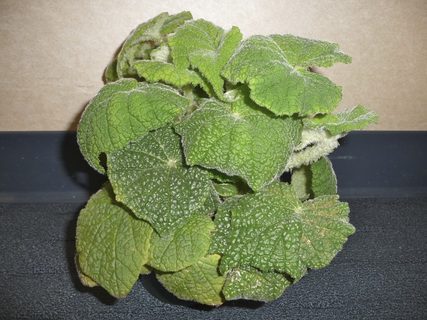

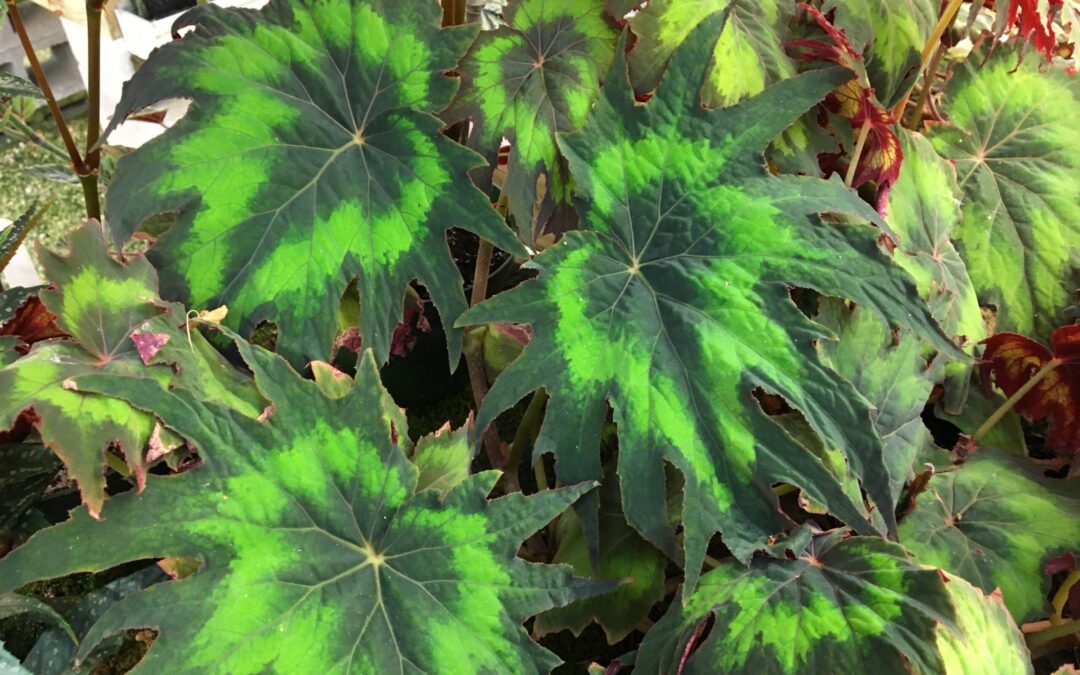
Rhizomatous: leaves, flower clusters
They’re called “rhizomatous,” but many are easier to grow than the word is to pronounce (rye-ZOMM-us-tuss). The name means simply that these begonias grow from a modified stem called a rhizome (RYE-zome). Leaves emerge from the rhizome, forming a...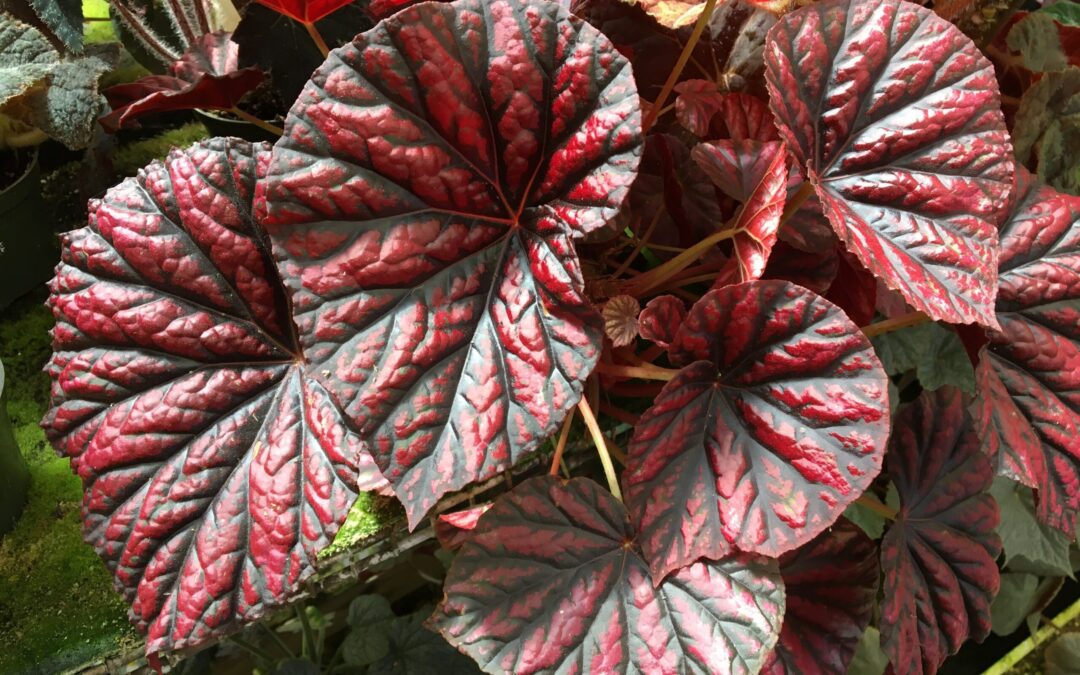
Rhizomatous Begonias: Care
Bringing Your New Begonia Home…
Rhizomatous begonias are interesting plants: Spectacular…
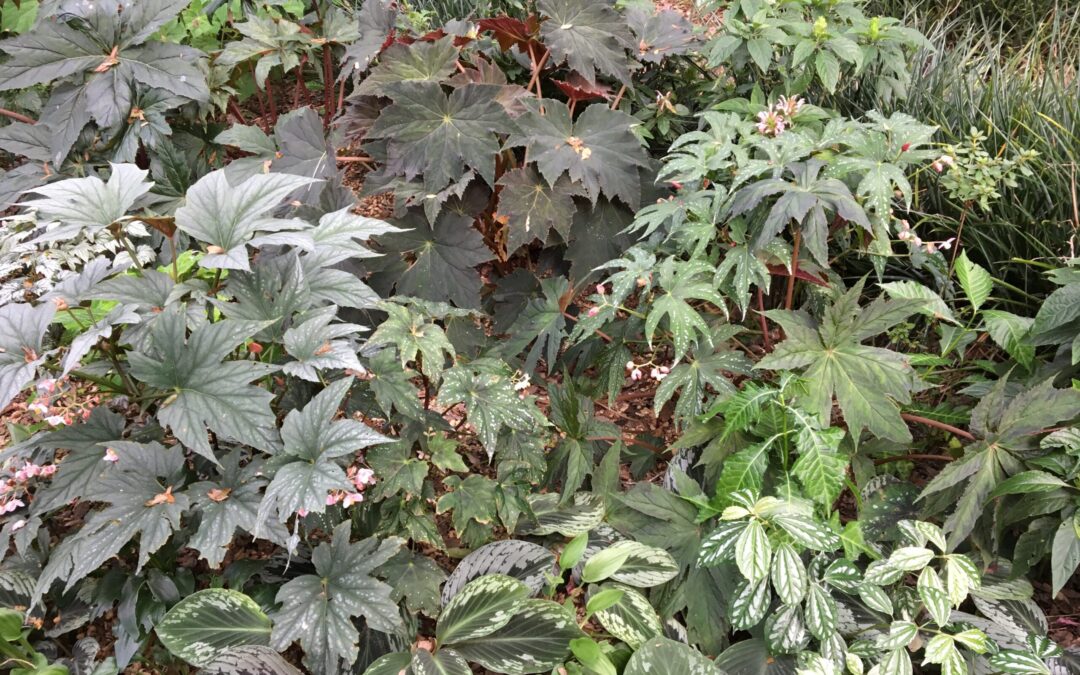
Rhizomatous Begonias in the Ground
Southern Florida has a climate unlike that of most of the country. Here semperflorens are grown mostly as annuals during the cool season, reaching their peak in February. Tuberous begonias will not survive our summer heat. Among the distinctive big and colorful-leaved...